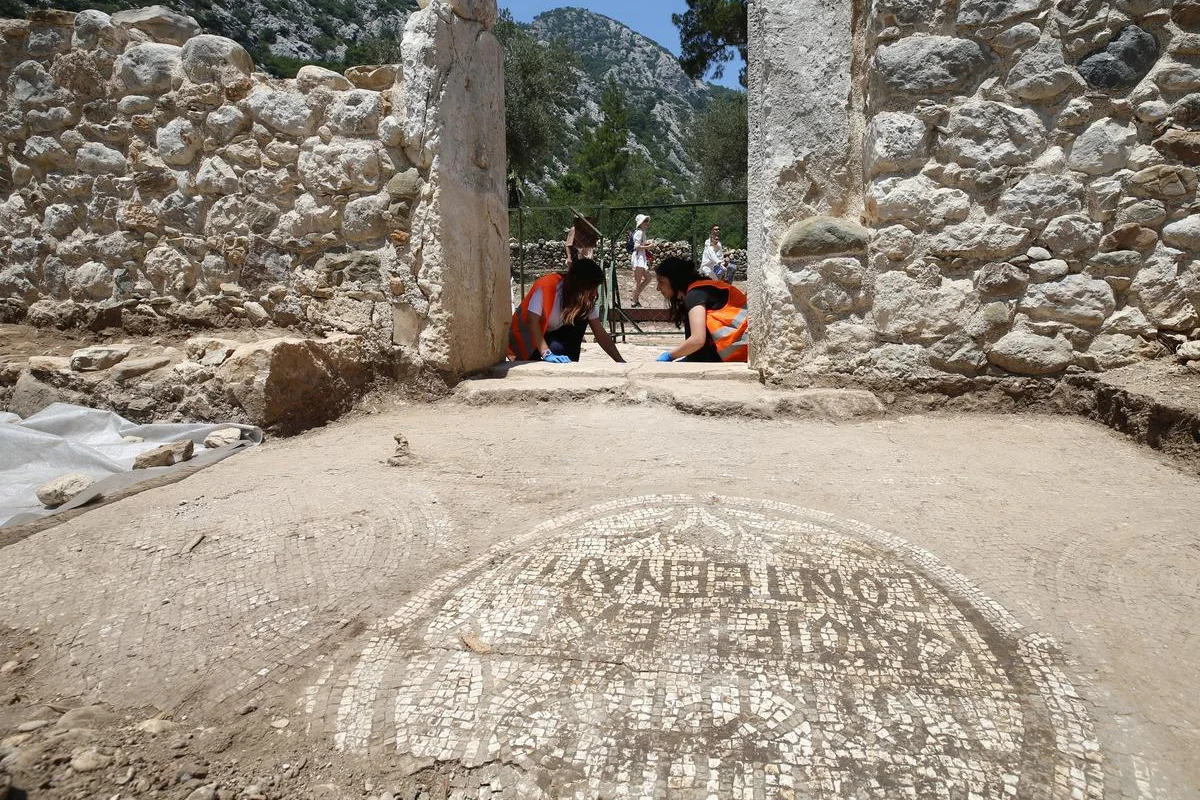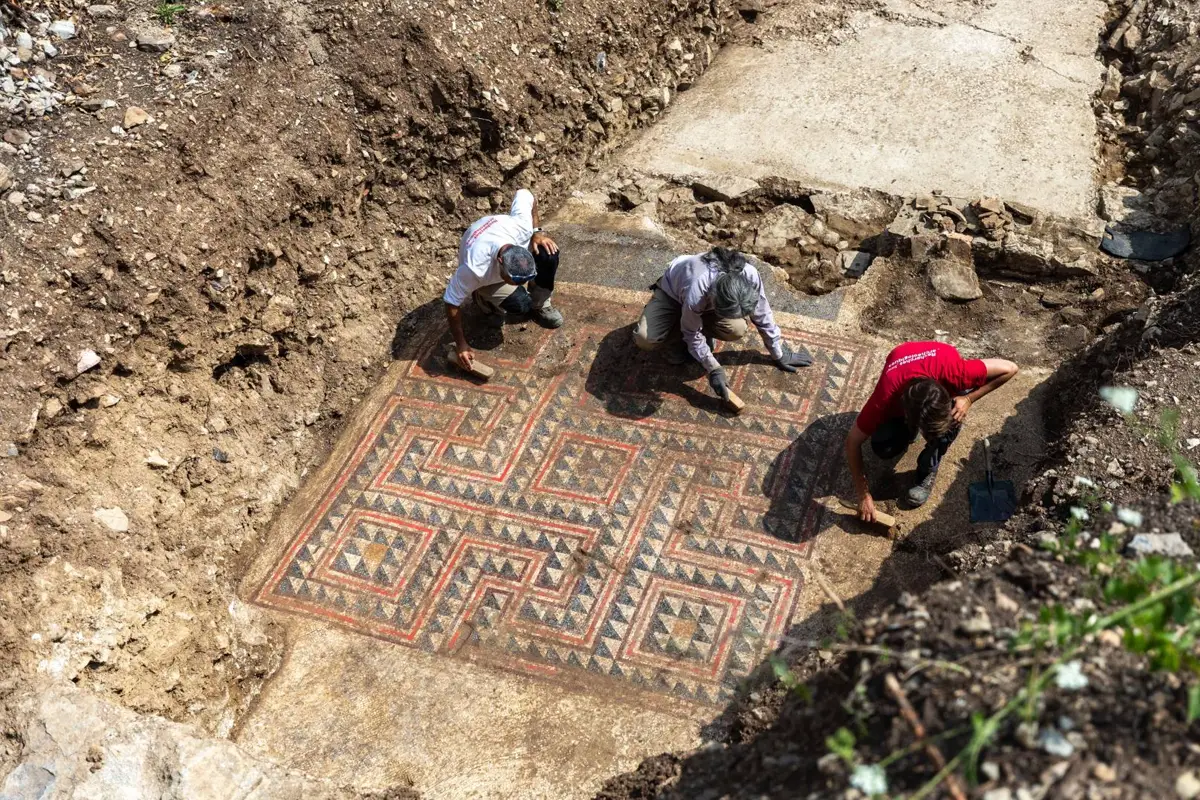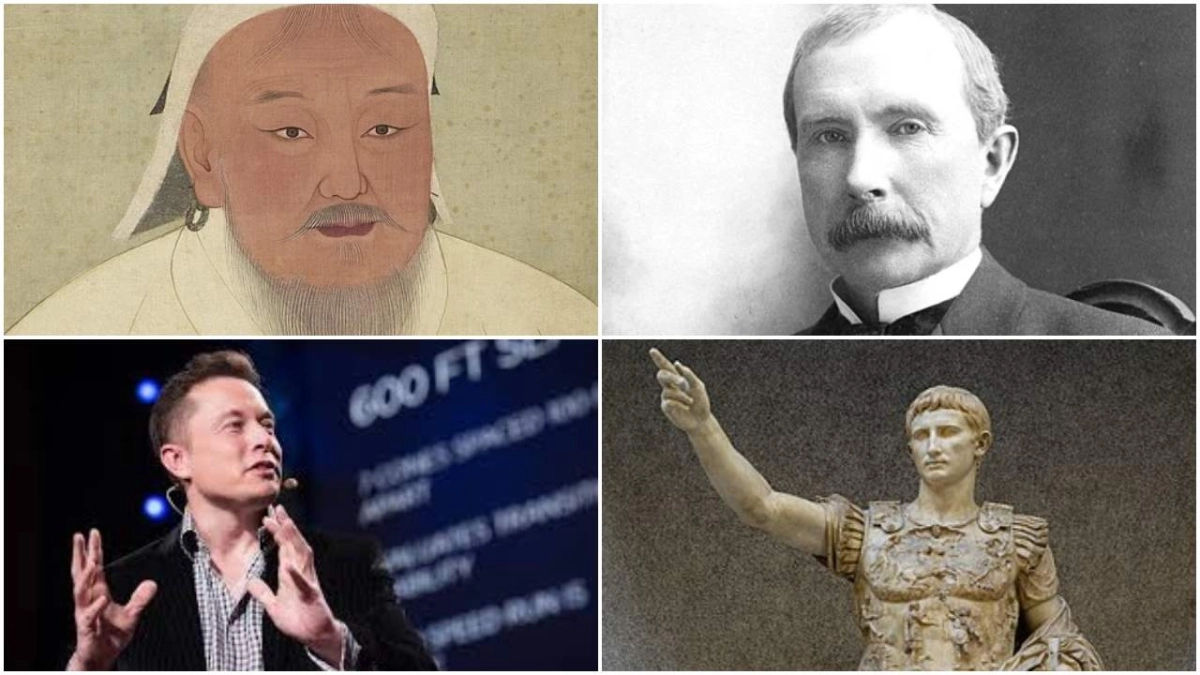The Mausoleum of Augustus, also known as Mausoleum Augusti, is one of the most significant architectural monuments of ancient Rome, symbolizing the supremacy and immortality of the first Roman Emperor. However, few people know that this mausoleum, designed and constructed during Augustus’ reign, was largely inspired by the tomb of another great leader—Alexander the Great in Alexandria, Egypt. The architecture and symbolic significance of Augustus’ Mausoleum can be better understood through the study of Alexander’s tomb, possibly providing clues to its exact location and structure.
The Historical Significance of the Mausoleum of Augustus
The Mausoleum of Augustus, whose construction began in 28 BCE, is located in the Campus Martius of Rome. It was one of the first major public works initiated by Augustus shortly after the establishment of the Pax Romana. With a diameter of approximately 87 meters and a height exceeding 40 meters, the mausoleum was a circular tomb, covered with earth and trees on top, exuding a sense of eternity and peace. At its core, the Mausoleum housed a central chamber that contained the ashes of Augustus and other members of the Julio-Claudian family.
The construction of the mausoleum was not merely a work of architectural grandeur but also a political statement. By erecting such an imposing funerary monument at the heart of Rome, Augustus sought to ensure his eternal memory and declare that the power of his family would last forever. This symbolism bears a strong resemblance to the grand funerary practices that had developed in the East, with Alexander the Great’s tomb being one of the most impressive examples.
The Tomb of Alexander the Great: Architecture and Symbolism
The tomb of Alexander the Great in Alexandria was one of the wonders of the ancient world. Although the exact form and location of the tomb have been lost over the centuries, ancient sources give us some clues about its magnificence and influence. According to these sources, Alexander’s tomb was housed in an elaborate mausoleum, possibly inspired by the Mausoleum at Halicarnassus, and was located in the center of Alexandria, serving as a pilgrimage site for centuries.
Tomb of Alexander the Great in Assassin's Creed: Origins
Alexander’s tomb was more than just a burial place; it was a symbol of his deification. After his death, Alexander was worshiped as a god, and his tomb served as a shrine. This symbolism of eternity and deification deeply influenced Augustus, who, recognizing the power and allure of such a tomb, sought to adopt and reinforce these symbols in his own mausoleum.
Architectural Influences and Common Elements
Although the details of Alexander’s tomb remain unclear, there are indications that Augustus drew inspiration from it. The circular shape of Augustus' Mausoleum resembles the circular tombs popular in the East, like the probable shape of Alexander’s tomb. The choice of location, in a central spot in Rome, and the use of luxurious materials and decoration reveal Augustus’ effort to create a tomb worthy of the great leaders of history.
Reconstruction Sketch of Mausoleum Augustus
Additionally, Augustus’ references to Alexander in various texts and his attempts to present himself as a new Alexander suggest that he wanted to be associated with the image of the great Macedonian conqueror. The mausoleum, as a monument not only of burial but also of worship, echoes the cult that had developed around Alexander’s tomb.
Can We Draw Information to Help Locate Alexander’s Tomb?
The study of Augustus’ Mausoleum may offer interesting insights into the identification and reconstruction of the image of Alexander the Great’s tomb. The influence of Alexander’s tomb on Augustus’ mausoleum suggests that the former was located in a central area and was a place of worship, making its possible location in the heart of Alexandria, near the famed Soma of Alexander.
However, archaeological investigations in Alexandria have proven to be extremely challenging due to modern urban development. Nevertheless, comparisons with Augustus’ Mausoleum, such as its shape, location, and use of materials, might help archaeologists search for similar features in the landscape of Alexandria. One possible approach would be to look for signs of large circular monuments or underground chambers that could be linked to the tomb.
The connection between the Mausoleum of Augustus and the lost tomb of Alexander the Great is reinforced by both ancient literary sources and archaeological analysis, allowing modern historians to draw significant parallels between the two structures. Suetonius, Dio Cassius, and Strabo highlight Augustus’ admiration for Alexander, particularly his visit to the Macedonian king’s tomb in Alexandria, where he reportedly touched the body and expressed a desire to emulate his legacy. Strabo’s description of Alexander’s tomb as a grand circular monument finds a striking parallel in the architectural design of Augustus’ Mausoleum, suggesting a conscious attempt to mirror the grandeur of Hellenistic royal burials.
Paul Zanker, in The Power of Images in the Age of Augustus, explores how Augustus strategically adopted Hellenistic imagery to shape his divine and imperial persona, modeling his rule on figures like Alexander. The Res Gestae Divi Augusti, while not explicitly referencing Alexander, underscores Augustus’ efforts to create an enduring monument that would solidify his divine status, much like Hellenistic rulers who established cults around their tombs. The central placement of Augustus’ Mausoleum in Rome further reflects the prominent location of Alexander’s tomb in Alexandria, reinforcing the notion that Augustus sought to integrate elements of Hellenistic kingship into his own imperial image. While no ancient source directly states that Augustus copied Alexander’s tomb, the architectural similarities, historical context, and Augustus’ known admiration for Hellenistic ideals strongly suggest that the Mausoleum was influenced by the legendary conqueror’s burial, serving as a powerful testament to Alexander’s enduring impact on Roman leadership and self-representation.











